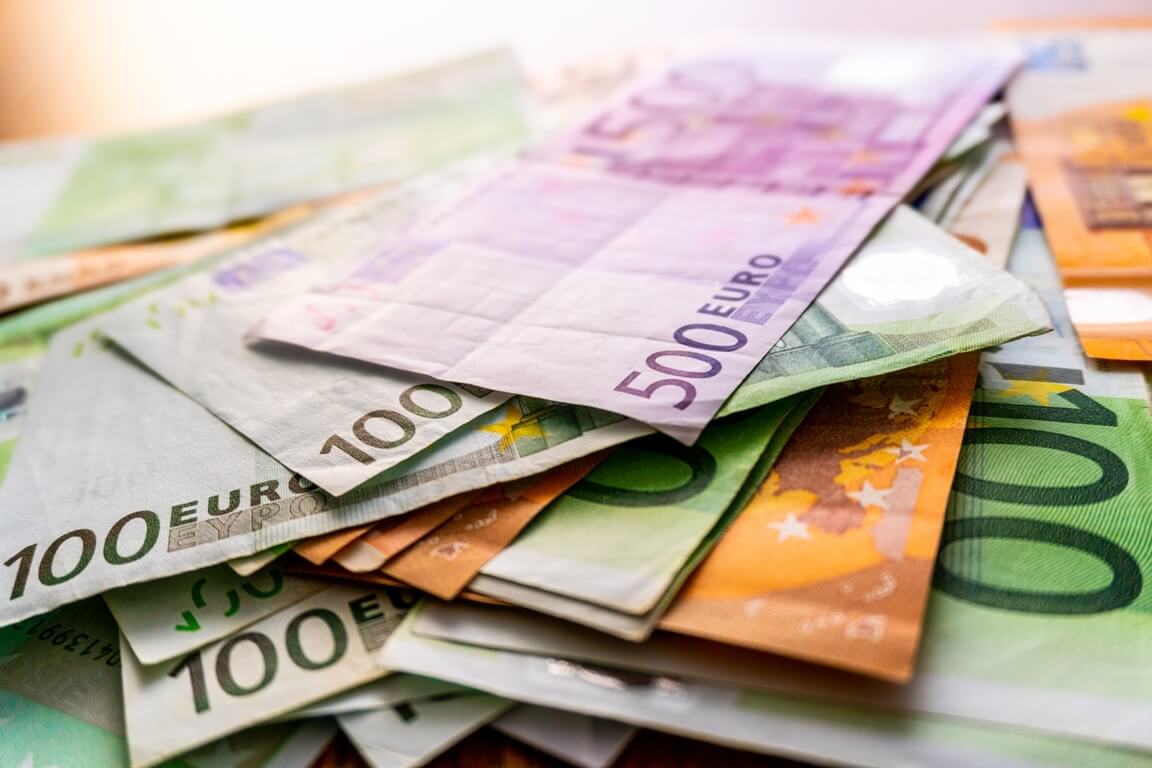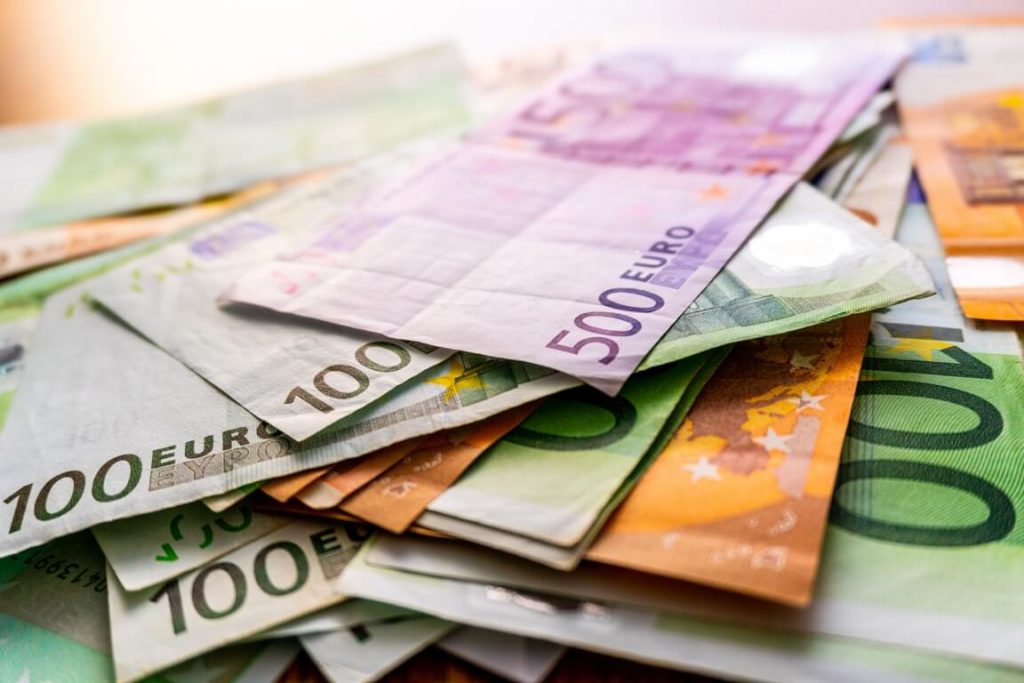
Euro plunged due to the fears of Russia cutting gas supply
The Euro plummeted on Tuesday due to the prospect of another Russian gas supply cut. The U.S. dollar gains were also tempered by uncertainty over the U.S. Federal Reserve’s policy-tightening path. The Fed hiked interest rate this week as traders expected. Meanwhile, European Union countries were preparing to approve an emergency proposal to meet gas demand. But this news sent the common currency and German bond yields in the red. German shares also suffered.
Rabobank senior strategist Lyn Graham-Taylor noted that it’s becoming a more mainstream view that Europe will have to pay the price for supporting Ukraine against Russia by starting gas rationing. All this adds to the inflation and recession story.
On Monday, Russia declared that it plans to cut gas flows to Germany via the Nord Stream 1 pipeline to 33 million cubic meters per day starting from Wednesday. That’s half of the current flow, but the latter is already 40% of normal capacity.
On Tuesday, the Euro plunged by 0.7% to $1.0142. Against the British pound, it had declined by 0.3% at 84.6 pence. Moreover, the common currency also tumbled by 0.8% against the Swiss franc, hitting a new seven-year low of around 0.977 francs.
Despite that, the Euro remains above parity versus the greenback hit earlier this month. ING Bank strategist Francesco Pesole warned that investors could start repricing rate increase expectations from the European Central Bank, though.
What is the analysts’ forecast?
Forex markets now expect a 39-bps rate hike from the ECB in September versus 50 bps last week. Traders also forecast around a 100 bps increase by year-end, which Pesole thinks is too hawkish. He stated that the Russian gas story is a constant threat. Even if Russia doesn’t shut down gas flow completely and it doesn’t come to rationing, much damage has already been done to the Eurozone economy.
Citi analysts agreed with this statement. They also think that Monday’s dismal IFO business survey from Germany was likely driven by uncertainty about the Russian gas supply’s future. At the very least, the latest supply reduction will keep this uncertainty elevated.
Meanwhile, the U.S. dollar climbed up, soaring by 0.6% at 107.08. Even though the currency hit a four-day high against a basket of currencies, it remains more than 2% below the 20-year peak of 109.29 reached less than two weeks ago.
The U.S. Federal Reserve is starting a two-day meeting later in the day. It will almost certainly deliver a 75-bps rate hike. But investors are contemplating whether softer growth may see it signal a slower rate increase pace ahead. Currently, futures tied to the agency’s policy rate show rates peaking in January 2023. That’s a month earlier than the February reading they gave last week. At the same time, long-dated Treasury yields have dropped by some 80 basis points from mid-June highs.
Pesole stated that market participants had cut excessively ‘long’ dollar positions as they re-assessed U.S. terminal rates. However, most analysts retain a bullish greenback view thus far. Soft data prints reinforced global economic slowdown fears. Monday’s profit warning from U.S. retailer Walmart also strengthened the risk-off mood.
How are the Aussie dollar and EM currencies faring?
On Tuesday, the Australian dollar skyrocketed to a one-month high of $0.6984 thanks to commodity prices. However, the greenback strength pushed it back to $0.6943. Wednesday’s inflation data may show consumer prices jumping by 6.2% year on year. That’s the fastest growth in more than three decades. ANZ Bank analysts think that could fuel some Aussie upside. They also added that a 50 bps increase from the Reserve Bank of Australia next week is almost a foregone conclusion. Thus, the main risk is for a larger rate increase.
Furthermore, Chinese stocks led EM markets higher on Tuesday, mainly thanks to Beijing’s plans to support the struggling real estate industry. Hungary’s forint also strengthened ahead of an expected sharp rate increase by the European country’s central bank. The forint jumped by 0.4% to 397.61 per Euro ahead of the National Bank of Hungary’s meeting. Analysts expect the bank to hike rates by 100 basis points to 10.75%.
The Polish zloty also surged forward by 0.4%, while the Czech crown gained 0.1% today. Current levels in the CEE currencies show more sensitivity to Wednesday’s Fed decision. The strategists think the latter may trigger another sell-off in the region.


